Queen Mary's Bath House
The building where Mary, Queen of Scots was said to have bathed in white wine.
A blue plaque located near this irregularly shaped structure, reads: “This little two-storied building is traditionally associated with Mary, Queen of Scots (1542 -1587).” It is estimated that the building itself dates somewhere around 1565. She ruled over Scotland from 1542-1567, thus the building is attributed to her reign.
The building itself was originally the boundary wall enclosing the king’s privy garden and may have served as a pavilion or summer house. Whether it contained an actual bath is unknown.
Speculation has been attributed to the signage, but it may have been a ploy to lure tourists to the location. What is known for sure is that this structure once belonged to a massive tiered wall that surrounded the Palace of Holyrood.
The two-storied building was constructed toward the end of the 16th century and was restored in 1852. It has been speculated that the building may be the oldest surviving tennis pavilion in the world. Several other theories about its usage include it being a dovecot or possibly utilized for banqueting.
However, very little is known about the true purpose of the building as most of the stories surrounding its existence can only be attributed to urban myths.
In 1776 John Pinkerton, a Scottish Antiquarian wrote Craigmillar Castle, an Elegy:
“The chamber, where the Queen, whose charms divine, Made wond’ring nations own the pow’r of love, Oft bathed her snowy limbs in sparkling wine, Now proves a lonely refuge for the dove.”
Know Before You Go
The building is situated to the left of Holyrood Palace. There is no access to the interior, but it can be viewed from the outside.


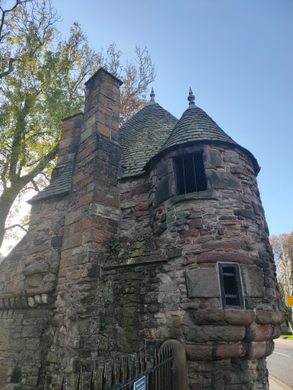















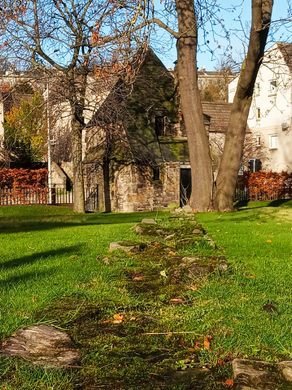
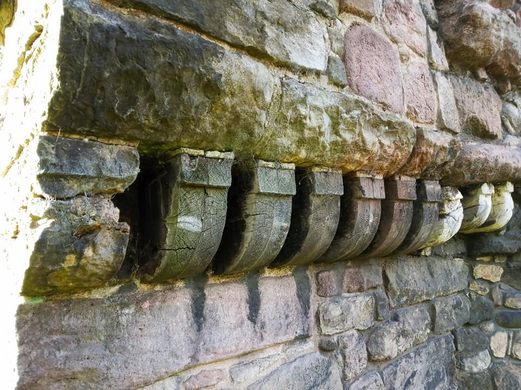
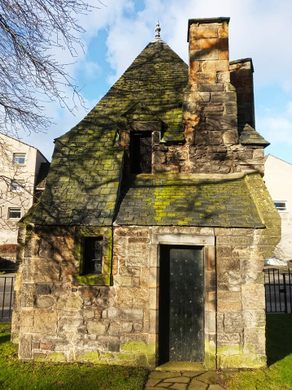
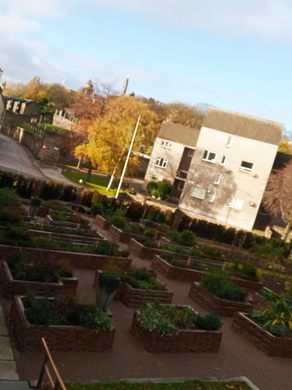














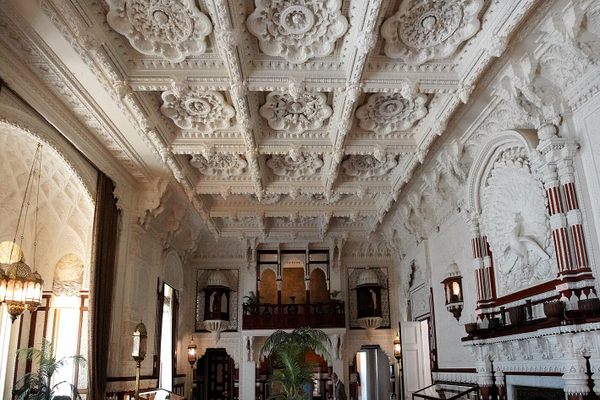



Follow us on Twitter to get the latest on the world's hidden wonders.
Like us on Facebook to get the latest on the world's hidden wonders.
Follow us on Twitter Like us on Facebook